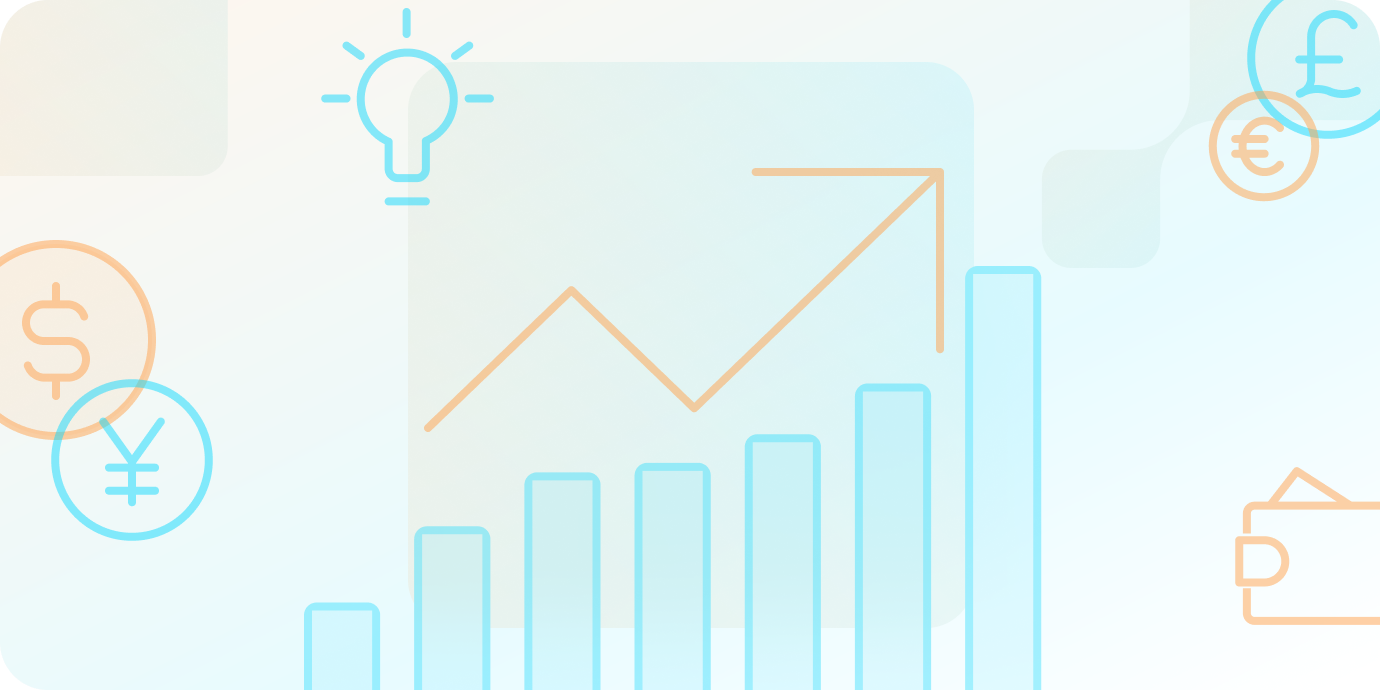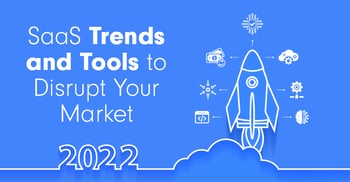Top 8 SaaS Payment Trends for 2025 You Can’t Ignore

SaaS pricing trends in 2025 are being shaped by rapid innovation, global regulation, and the rising demand for seamless, secure, and flexible experiences. Businesses that adapt to these evolving payment expectations will gain a clear edge in a crowded digital economy. Whether you’re a SaaS startup or a scaling enterprise, understanding these trends is key to optimizing revenue, reducing churn, and winning customer loyalty.
Why Payment Strategy Matters More Than Ever in SaaS
SaaS growth is outpacing nearly every other software segment. By 2025, global SaaS revenue is projected to reach $408.21 billion. Much of this growth hinges on effective billing, flexible pricing, and streamlined payment systems.
tices.
💡 Quick Insight: The average SaaS business now uses 300+ cloud-based tools internally, making recurring billing infrastructure more critical than ever.
Let’s explore the most important SaaS pricing trends shaping the landscape in 2025.
Top 8 SaaS Pricing Trends You Need to Know
1. Subscription Models Are Becoming More Adaptive
SaaS companies are moving beyond static subscription plans. In 2025, usage-based billing, tiered pricing, and hybrid models are becoming the standard.
63% of SaaS businesses now offer usage-based or metered billing options.
Customers demand pricing flexibility, paying only for what they use.
This shift is being fueled by improvements in real-time analytics and billing automation. Businesses that offer adaptive models see reduced churn and higher lifetime value.
✅ Tip: Offer personalized billing tiers based on customer behavior and engagement data.
2. Real-Time Analytics is Powering Payment Optimization
SaaS leaders are investing in real-time payment analytics to:
Track failed transactions instantly
Predict churn risks
Optimize retry logic
Personalize pricing offers
Tools powered by AI and machine learning now deliver instant insights into billing performance, revenue leakage, and customer preferences.
📊 Stat: 78% of SaaS businesses using real-time analytics in billing saw a 20%+ increase in customer retention.
3. Payment Recovery is Now Fully Automated
Failed payments due to expired cards or insufficient funds still cause up to 25% of all churn in SaaS. In 2025, automated dunning and payment recovery tools are essential.
Key strategies include:
Auto-updating expired card info (via Account Updater tools)
Smart retries based on historical success windows
Email/SMS reminders that match the customer’s tone and timing
Integrated customer portals for self-service resolution
🚀 Actionable Tip: Use machine learning to detect high-risk accounts and intervene before renewal failures happen.
4. Flexible and Localized Payment Methods Dominate
In a global SaaS economy, customers expect to pay with methods familiar to them, whether that’s credit cards, bank debits, mobile wallets, or alternative methods like cryptocurrency.
Most Popular Payment Methods by Region (2025)
|
Region |
Popular Methods |
|
North America |
Credit cards, Apple Pay, PayPal |
|
Europe |
SEPA, Giropay, iDEAL, Klarna |
|
Asia |
Alipay, WeChat Pay, QR payments |
|
Latin America |
PIX (Brazil), OXXO (Mexico) |
🌍 Important: Businesses offering 5+ local payment options see 2x higher conversion rates in cross-border sales.
5. Frictionless Payments Are the New Norm
Half of all customers in 2025 will abandon a checkout if it feels slow or confusing. Payment must now be:
Instant (1-click checkout)
Invisible (auto-renewal, saved details)
Integrated (within the SaaS platform itself)
Security remains essential—but user experience can’t be compromised. Technologies like biometric authentication, tokenization, and SCA-compliant flows (like 3DS2) help strike that balance.
6. AI and Machine Learning Drive Fraud Prevention
AI and machine learning are no longer optional—they’re foundational.
Key use cases in payments:
Predictive fraud detection
Smart routing of transactions for better approval rates
Personalizing retry logic and billing cycles
Real-time transaction anomaly detection
🔐 Insight: SaaS businesses using AI-driven fraud tools reduce chargebacks by up to 50% and boost authorization rates by 8-10%.
7. Cryptocurrency and CBDCs Enter Mainstream SaaS Payments
Is crypto still relevant in 2025? Yes—though less as a novelty and more as a strategic payment option.
Major SaaS companies now accept Bitcoin, Ethereum, and stablecoins (like USDC)
CBDCs (Central Bank Digital Currencies) are emerging in China, Europe, and Latin America
💡 Note: Crypto-based rewards (cashback in tokens) are also gaining traction in loyalty programs and referral campaigns.
8. Regulatory Compliance is More Complex Than Ever
In 2025, SaaS companies face tightening regulations around:
Data privacy (GDPR, CCPA, LGPD)
Cross-border sales tax compliance (especially in the EU, US states, and Asia)
Payment authentication (SCA, PSD3)
⚖️ Reminder: Failing to stay compliant can result in fines, account freezes, or revoked licenses.
Partnering with global payment platforms that handle VAT, GST, and data security is the easiest way to stay ahead.
eCommerce Partner
Thrive with the industry's most innovative all-in-one SaaS & Digital Goods solution. From high-performing payment and analytics tools to complete tax management, as well as subscription & billing handling, PayPro Global is ready to scale your SaaS.
Sell your SaaS globally with PayPro Global!
The Role of the Merchant of Record (MoR) in 2025
As the global SaaS payment ecosystem becomes increasingly complex, the Merchant of Record (MoR) model is seeing a surge in adoption—particularly among scale-ups and enterprise software firms expanding into new geographies.
Why MoR Is Becoming Critical
With SaaS companies now offering:
Hybrid and usage-based pricing
Localized payment methods
AI-driven fraud prevention
Cross-border compliance under PSD3, DAC7, and regional tax laws
…the burden of managing tax collection, payment processing, regulatory compliance, and chargeback risk is intensifying. This is where an MoR solution becomes invaluable.
Key Benefits of Using an MoR:
Global Tax Compliance: Automatically handles VAT, GST, and sales tax across 200+ regions.
Regulatory Risk Management: Navigates local consumer protection laws, financial regulations, and data privacy frameworks (e.g., GDPR, CCPA).
Payment Localization: Supports region-specific payment methods and currencies without requiring local entities.
Simplified Revenue Recognition: MoRs often provide consolidated invoicing, reporting, and reconciliation tools aligned with ASC 606/IFRS 15.
Chargeback & Fraud Shielding: Assumes legal liability for transactions, helping mitigate disputes and fraud risk.
How can PayPro Global Help?
With over 19 years of experience within the payments industry, PayPro Global is a trustworthy partner for SaaS, software, and digital goods developers. We have been equipping companies worldwide with the needed technology to thrive globally.
From providing our partner with all the necessary tools to ensure and sustain a solid global expansion, boost SaaS renewal rates, tax compliance, fraud, and risk management to giving access to a complete subscription and billing engine and allowing you to practice a flexible pricing strategy, we are the unified solution ready to fast-track your Saas business’ growth.
We are your growth partner in all things payments and so much more. Trust in PayPro Global’s innovative technology and one of the most experienced industry-leading teams on the market to fast-track your international SaaS business expansion.
PayPro Global is your full-stack MOR partner, offering:
Automated subscription billing
Global tax and compliance management
Built-in fraud prevention and AI tools
We are your growth partner in all things payments and so much more. Trust in PayPro Global’s innovative technology and one of the most experienced industry-leading teams on the market to fast-track your international SaaS business expansion. Book a call with us today!
eCommerce Partner
Thrive with the industry's most innovative all-in-one SaaS & Digital Goods solution. From high-performing payment and analytics tools to complete tax management, as well as subscription & billing handling, PayPro Global is ready to scale your SaaS.
Sell your SaaS globally with PayPro Global!
Concluding Thoughts on Key SaaS Pricing Trends for 2025
Payment strategy is no longer just a back-office concern. In 2025, it's central to customer experience, revenue growth, and global expansion. To thrive in today’s SaaS economy, your payments platform should:- Support real-time analytics and automation
- Enable flexible pricing and global payment options
- Offer embedded, frictionless checkout flows
- Ensure airtight compliance with international regulations
FAQs
What is the biggest change in SaaS pricing models for 2025?
The biggest change is the move to adaptive and flexible pricing. Customers now expect usage-based billing where they pay only for what they use. This model is popular because it feels fairer, which helps reduce customer churn and improve satisfaction.
How can a SaaS business reduce involuntary churn?
You can cut involuntary churn by using automated payment recovery tools. These systems automatically handle failed payments from issues like expired cards. Since failed payments cause up to 25% of churn, automation is essential for protecting your revenue.
Why are local payment methods important for global growth?
Offering local payment methods like SEPA or PIX builds trust and removes checkout friction for international buyers. SaaS companies offering five or more local payment options see up to 2x higher conversion rates in cross-border sales because customers can pay how they want.
How does AI improve SaaS payment systems?
AI makes payments smarter and safer by analyzing transaction data in real-time. Its main benefit is predictive fraud detection, which can reduce chargebacks by up to 50%. It also improves payment success rates by optimizing how transactions are processed.
Ioana Grigorescu
Ioana Grigorescu is PayPro Global's Content Manager, focused on creating strategic writing pieces for SaaS, B2B, and technology companies. With a background that combines Languages and Translation Studies with Political Sciences, she's skilled in analyzing, creating, and communicating impactful content. She excels at developing content strategies, producing diverse marketing materials, and ensuring content effectiveness. Beyond her work, she enjoys exploring design with Figma.
-
1.Explore PayPro Global's Solutions: See how our platform can help you streamline your payment processing and boost revenue.
-
2.Get a Free Consultation: Discuss your specific needs with our experts and discover how we can tailor a solution for you.
-
3.Download our Free Resources: Access valuable guides, checklists, and templates to optimize your online sales.
-
4.Become a Partner: Expand your business by offering PayPro Global's solutions to your clients.
- To remain competitive, SaaS companies need to adjust to changing payment princing trends, such as flexible pricing and localized approaches.
- For payment optimization, fraud protection, and churn reduction, real-time analytics, artificial intelligence, and automation are essential.
- To simplify international tax compliance and payment processing, think about collaborating with a Merchant of Record (MoR).
Get the latest news



